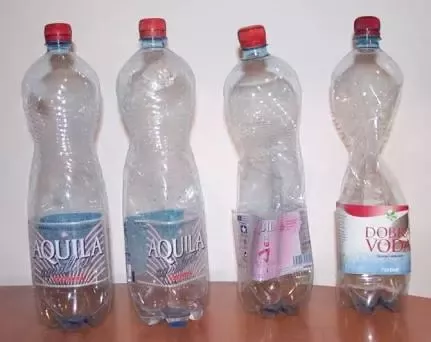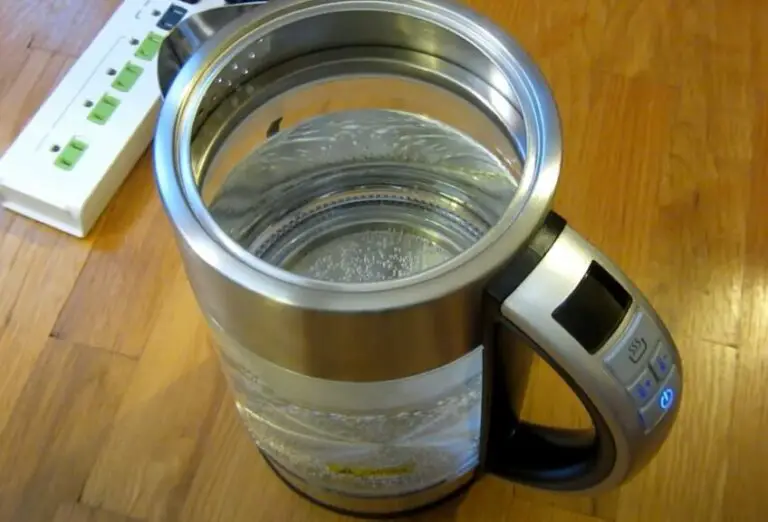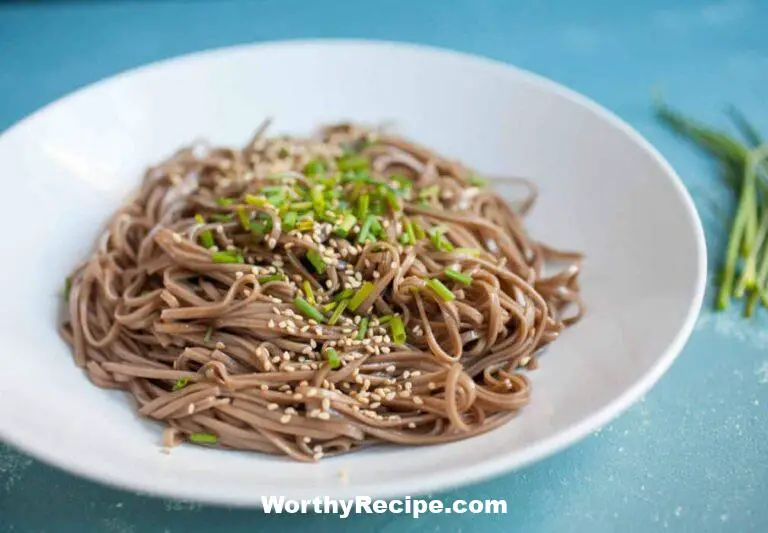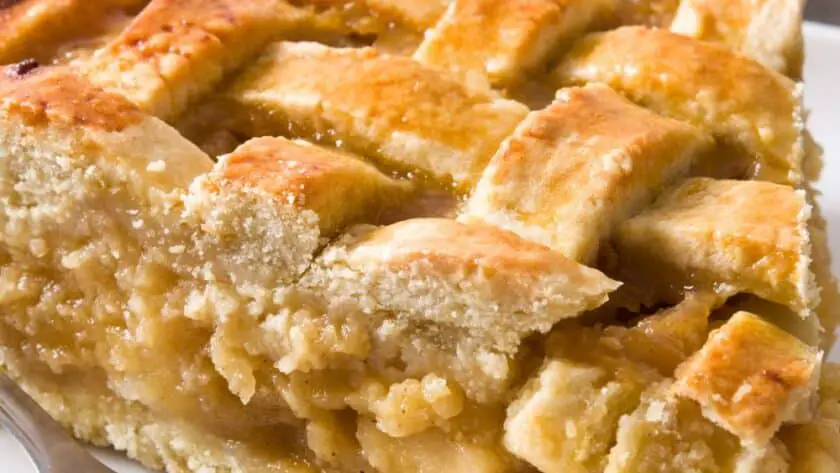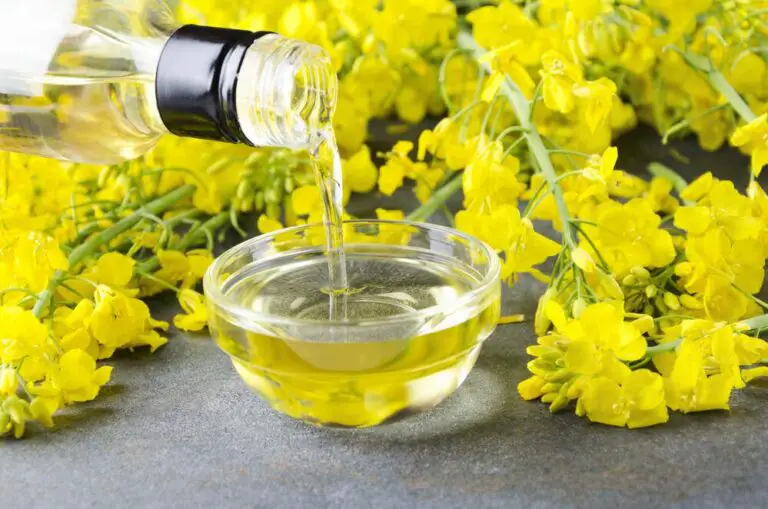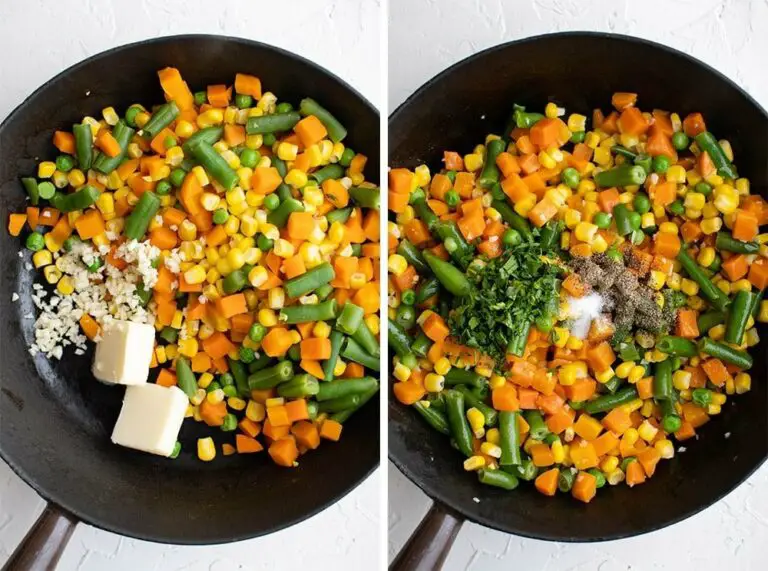Boiling water is a necessity in most households, and so are plastic bowls. However, pouring hot liquids into plastic containers may have adverse effects on both the bowl and the contents it carries. This explains why people often wonder whether they can pour boiling water in their plastic bowls or not.
In this article, we will explore various aspects surrounding the use of plastic bowls for hot liquids. We will provide you with requisite knowledge to understand what grade of plastics to use, whether or not you should use them for boiling water, possible risks involved, alternative solutions, and proper usage tips.
Understanding Plastic Bowls
Before discussing whether or not boiling water can be safely poured into plastic bowls, let’s first understand the different types of plastics used to make bowls.
Different Types of Plastic Materials Used for Bowls
There are numerous types of plastics used to manufacture a variety of items such as utensils and containers. However, only a few are appropriate when it comes to using them to hold hot liquids.
Some common plastics materials used in making bowls include polystyrene (PS), polyvinyl chloride (PVC), high-density polyethylene (HDPE), low-density polyethylene (LDPE) which are all non-thermal resistant thus unsuitable for boiling water.
On the other hand, Polypropylene (PP) and Polycarbonate(PC) are heat-resistant materials that can withstand high temperatures and are food-friendly hence appropriate for making microwave-safe bowls and reusable dishwasher safe containers.
Therefore before selecting a bowl made of any plastic material always gauge its thermal properties since some forms like PS(polidtyrene) cannot even withstand ordinary hot tap water without warping(deforming).
Factors To Consider Before Pouring Boiling Water in A Plastic Bowl
Plastic manufacturers typically print instructions describing the capacity limits appropriate for their products; tall narrow containers often have lower capacity requirements compared with wider ones due to shape support hence consider following them to get optimal results.
1. Heat Tolerance Level
One factor that should determine whether or not you can pour boiling water in a plastic bowl is the heat tolerance level of the container. Plastic bowls made of materials that can withstand high temperatures like polycarbonate, polypropylene and glass-reinforced plastics(GRP) should have no problem handling boiling water.
However, most low-quality plastics melt or become warped(deforming) when they come in contact with hot substances, hence releasing harmful chemicals into the food and liquids.
2. Use Grade Markings
Food containers usually have markings on them to indicate if they are safe for use when storing hot foods and if they are dishwasher safe or microwave-safe as well.
Always refer to the “use” commands printed on any plastic bowl before using it since manufacturers provide a written guideline so it is essential when handling high-temperature liquid storage.
The Effect Of Hot Liquids On Plastics
A simple explanation of how plastics behave under high temperatures is found in examining plastic’s fundamental properties since this defines how chemical reactions happen within its molecules at varying temperatures levels
How Heat Affects Plastics
Plastics contain various polymers chains interlocked through bonds; these materials maintain stiffness due to strong intermolecular bonds. However, heat causes vibrations among these polymer chains causing the weakening of bonds, leading to material deformation(sagging), expansion and becoming weaker over some time duration due to oxidation hence prone to cracking(failure).
What Happens To Plastic Bowls When You Pour Boiling Water In Them
Adding boiling water into an inappropriate grade container can lead to multiple effects ranging from warping(deformation), cracks, leaks, colour changes and even leaching of harmful chemicals such as bisphenol-A (BPA).
For instance, when polystyrene (PS) bowls come across extremely hot water or food above 60 degrees Celsius undergo leaching, which can introduce harmful chemical agents in hot liquids or foods.
Although polypropylene bowls tend to be heat resistant and do not easily leach toxins under high temperatures, if they are exposed to temperatures above their melting point of 160 degrees Celsius, they will begin to warp and deform.
Risks Associated With Pouring Boiling Water Into Plastic Bowls
While using plastic bowls may seem convenient for storing food at high temperatures, there are a few significant health risks that come with doing so. The exposure to harmful toxins such as BPA and phthalates is one of the major concerns.
Chemicals From Some Plastics Can Migrate Into Hot Liquids
BPA is a common chemical found in many plastics products that can be released once heated. Once this happens, the BPA gets mixed with the hot water or food stored in those containers; this could lead to numerous complications when ingested such as kidney damage, neurological disorders and even some cancers.
Phthalates, another common plastic ingredient responsible for making materials flexible can leach into hot water through capillarity causing dermal allergies or hormone imbalances.
Additionally, low-quality grade plastics often contain toxic additives during manufacturing like cadmium or antimony which can cause severe health problems once leaked into food.
Health Hazards That Arise From Using Reusable Plastic Containers At High Temperatures
Studies have shown that using reusable plastic bowls for microwaving food frequently increases chemical breakdown leading to increased blood pressure by generating adipokines. These Adipokine hormones store excess fat in our bodies causing heart disease and type II diabetes; together with type III polymers exposure mainly used in disposable single uses packaging(k-cups) exposes users to cancer-causing agents.
For instance, researchers from the University of Illinois cautioned individuals who repeatedly reuse cloudy/scratched polycarbonate drinking glasses which cause hypertension due to phthalate release from its breakdown.
Moreover, cleaning plastic prior to placing hot food substances inside reduces weight loss through oxidation which releases airborne toxins including carbon monoxide and nitrogen oxide, which significantly affect people’s respiratory health over time.
Are Some Bowls Safe for Boiling Water?
Yes. The following grade of plastics are safe for boiling water:
1. Microwave-Safe Plastic Bowls
Microwave-safe plastic bowls are microwaveable polypropylene bowls usually with thick walls allowing them to handle high-temperature spikes. They come with either an instruction manual on their packaging or markings that state they can handle heat-resistant materials.
2. BPA-Free Plastic Bowls
BPA-free plastic containers usually have a mark from manufacturers indicating they do not use Bisphenol-A in their manufacturing process. However, though they guarantee a reduced risk of exposure to the obnoxious chemicals like BPAs, some may still leach into food. Therefore we recommend using glass or metal equivalents when serving piping hot liquids.
3. High-Quality Food-Grade Polypropylene
Safe Grade Polypropylene (PP) is another durable material with decent temperature resistance range making it adequate for boiling water as well as dishwashers and microwaves.Keeper We also recommend top rack dishwasher usage since detergents usually react strongly hence leading to significant wear-out over time.
Alternative Methods For Dealing With Boiling Water
In addition to plastic alternatives used in high-temperature situations where the exclusion of chemicals and toxins is important, conside glasswear amongst the below:
1. Use Glass or Metal Containers
Metal cookware including pots/pans and glass containers such as Pyrex dishes and ceramic is perfect for storing food at high temperatures without harmfully affecting it an can accomplish cooking/heating/boiling combined systems if needed.
2. Ceramic Containers
Ceramic vessels made from clay most likely contain noxious lead and cadmium-based glazes thus exposing users to long-term health risks. Nevertheless, lead-free ceramic-based materials used in cooking and storing foodstuffs are widely available in the markets.
3. Silicone-Based Containers
An alternative to plastic is silicone-made products, which are flexible, oven and freezer safe up to 450 Fahrenheit hence posing no risk while handling hot liquids or food.
4. Pyrex Glass Containers
Pyrex glass containers are top-rated for their temperature resistance compared to other brands like Anchor Hocking due to high-grade borosilicate used as raw material unlike soda lime which lacks durability.
Proper Usage And Care Of Plastic Containers
If you must use a plastic bowl for serving or storage of food at high temperatures, here are some tips:
1. Precautions Before Use
Inspect your plastic container regularly before using it if there are any signs of warping, scratches or cracks disposed of immediately since they can get weakened further by hot liquids and break releasing harmful contents into the dishes.
2. Dos and Don’ts While Using A Container
Always follow the manufacturer’s instructions on how much food/reheating time/temperature until you become conversant with its operating parameters under frequent usage over diverse menu types. Do not microwave bowls without any regulatory “microwave-safe” label; don’t reuse single-use containers like styrofoam though they might have effective thermal insulation during initial applications impacts over an extended period risking exposure to various carcinogenic agents such as dioxins benzene benzoate resulting from added food acids overtime degrading them hence leaching chemicals into our bodies.
3 Tips For Cleaning And Maintenance
Hand washing plastics is preferable to dish cleaning detergents making sure not to use abrasive materials that may weaken plastics furthermore causing deformation.Make sure never place hot items directly into cold storage bags allowing steam inside the bag since it leads to bacterial growth hence causing the food to deteriorate over time. Ensure always to inspect containers before serving dishes and opt for cleaner or recyclable versions over time complemented with frequent inspections.
Conclusion
In conclusion, pouring boiling water in a plastic bowl is not safe for most grades of plastics since toxins and chemicals migrate into hot fluids(liquids) leading to long-term health complications. The ideal solution is using alternative materials like glass, metal multicycle plastics and silicone-based alternatives that are proven safe and flexible enough according to your preferences. Proper usage and maintenance tips like regular inspections of the storage vessels always read manufacturers’ manuals before use can extend these products’ lifetime. Nonetheless, investing in BPA-free plastics materials that are also dishwashers safe, microwave-friendly as well as BPA-free chemical compositions greatly reduces long-term exposure risks.
Choosing which container is best suited to your specific needs depends both on individual factors such as budget concerns temperature range capability and whether it should be a single or multiple-use plastic item. Always keep the long term health implications of each material front and center while choosing the right one for you or your family members for maximum benefit achieved through ubiquitous comfort at its various cooking, storing or reheating processes.
Q&A
- Q: Is it safe to pour boiling water into a plastic bowl? A: While some plastic bowls are heat-resistant, not all plastics can withstand high temperatures. It’s best to check the bowl’s label or product information before pouring boiling water into it.
- Q: Can pouring boiling water into a plastic bowl cause the plastic to melt or release harmful chemicals? A: Yes, it is possible for certain types of plastic to melt or release chemicals when exposed to high temperatures. This can pose potential health risks when ingested. Be sure to use heat-resistant and food-safe plastic bowls when preparing hot liquids.
- Q: Are there any alternative materials that can be used instead of plastic bowls for hot liquids? A: Yes, there are many other options available like glass, ceramic, metal, or even heat-resistant silicone bowls that can withstand high temperatures without any risk of melting or releasing chemicals.
- Q: What are some precautions that one should take when using plastic bowls for hot liquids? A: Besides checking for their heat-resistance rating, you should also avoid using scratched or damaged plastic bowls as they may harbor bacteria and cause leaching of harmful chemicals into your food and drink. It is crucial to clean them properly after every use with soap and warm water.
